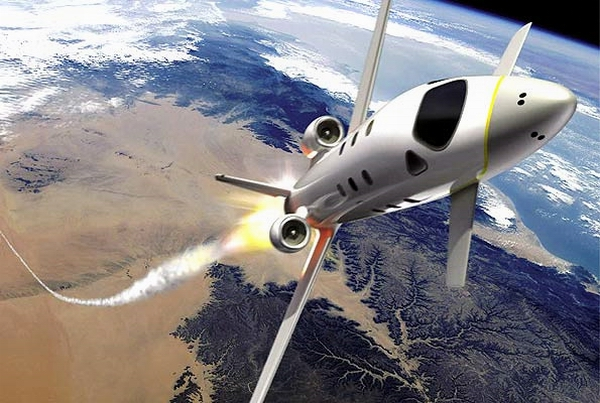Payload-to-take-off weight ratio of 1-3, 1-5 against 1-50, 1-60
Our company has created a technology that allows you to use the payload-to-take-off weight ratio of 1\3-1\5 against 1\50-1\60 for modern rockets to launch cargo into orbit.
The SRF (solid rocket fuel or Solid rocket propellants) itself is 100% ready. The principle is developed. The engine is at the stage of testing a laboratory sample.
Our option is a way out for you and it is cheaper and more cargo can be taken out, different versions of carriers, if you want a reusable rocket plane, or you can create cheap disposable rockets. Although the reusable option is preferable. This will give a significant advantage over the leaders of the private space market.
It would not be superfluous to say, that the fuel and engine fully comply with the decarbonization policy – CO2 emissions at 0% operation, that all components used in SRF can be produced using technologies that do not require the combustion of hydrocarbons and are not accompanied by greenhouse gas emissions into the atmosphere during production. The “green technology” type does not emit not only CO2 but also toxic components in general, everything that flies is neutral and harmless.
The fuel itself differs from the American ALICE only by a lower price of $ 27 \ kg versus $ 20,000 \ kg.
Stability at n. o. (20*With 760 mm Hg), ALICE requires storage at sub-zero temperatures) and a slightly larger impulse, but if a simple SRF accelerator is connected to a reaction chamber, this will allow achieving the declared payload-to-take-off weight ratio of 1\3 – 1\5 against 1\50 – 1\60.
When using our type of fuel, the energy receives a fierce impulse due to the recombination of atomic hydrogen produced in the SHS (Self-propagating high-temperature synthesis ) generator on board when burning SRF and recombined in the chamber behind it.

The atomic hydrogen itself, released as a result of the “combustion” of SRF, which simply burns up during the reaction with air oxygen, in the case of sending it to an additional recombination chamber, will obtain a specific impulse of 1700 s. The recombination of atomic hydrogen 2H→ H2 + 22 * 105 kJ/kg generates heat ~17 times greater than the combustion of molecular hydrogen 2H2 + O2 → 2H2O + 1.3*104 kJ / kg. This opens up the possibility of using atomic hydrogen as a single-component rocket fuel.
Taking into account (let’s say the reactions we need), the specific impulse is even greater. But we will keep silent about this, as well as about the design features of the recombination chamber that allow it to be started and the additives that extend the life time [H] until the recombination in the chamber, at this stage.
Anyway, it is very difficult to get out of the ratio of 1\50. The rockets are multi-stage, otherwise there is no way to get into orbit. In our version, at 1\3 – 1\5, we can easily create a single-stage rocket plane that independently takes off like a rocket and lands like an airplane. And not like Bezos, a suborbital toy that starts from a carrier plane, suitable only for the entertainment of rich people who dreamed of becoming astronauts as a child, but actually going into orbit and able to bring out a payload, and cheaper than Elon Masks and no additional returnable steps landing in the ocean
1. As an energy source, we use not only chemical reactions, but also LENR (low-energy nuclear reactions), which will allow us to obtain an energy-to-weight ratio not achievable for propulsion systems using only chemical reactions.
2. Our technology is very flexible and will allow you to create different types of RE (rocket engine) for different requirements – atmospheric VRE, rocket RE for launching cargo into orbit, long-time space marching RE. Also, there is a variant of a combined RE that can operate both in the atmospheric VRE mode and in non-atmospheric mode, which will save the working fluid by using the outboard air in the atmospheric flight section of the aircraft.
3. Availability of all fuel components, does not require scarce or controlled components. Completely stable and safe in storage.
4. Due to the use of some innovative variants of jet propulsion systems developed by us, they do not have moving parts, there are not only turbines, but even fuel pumps with moving parts, so that significantly reduces weight.

